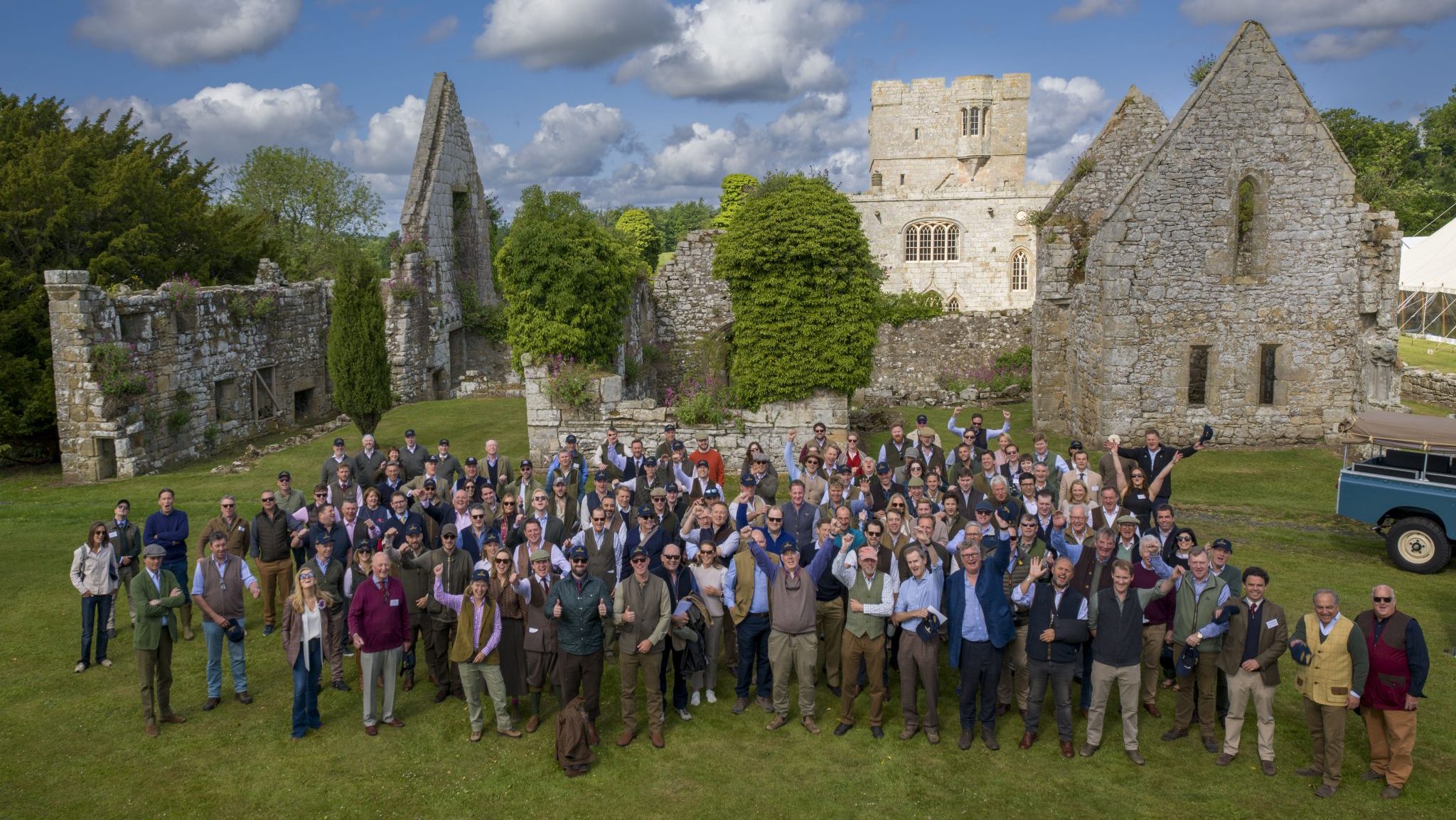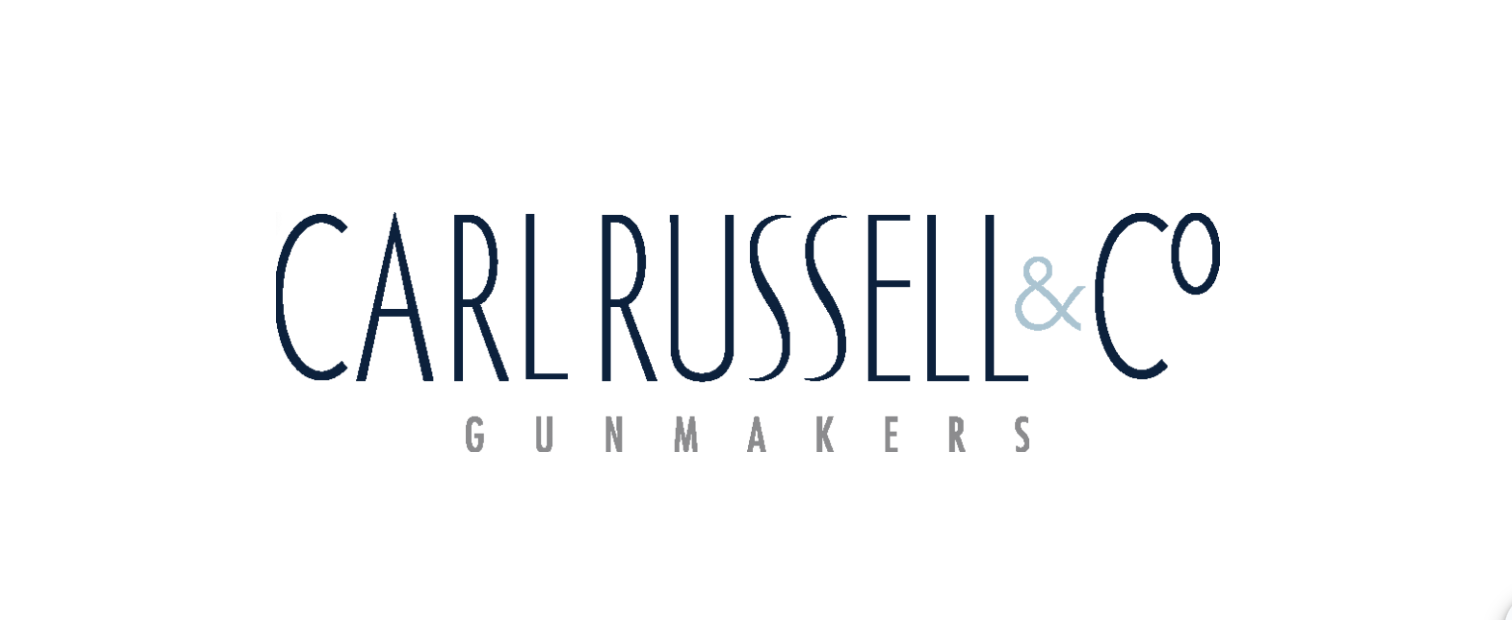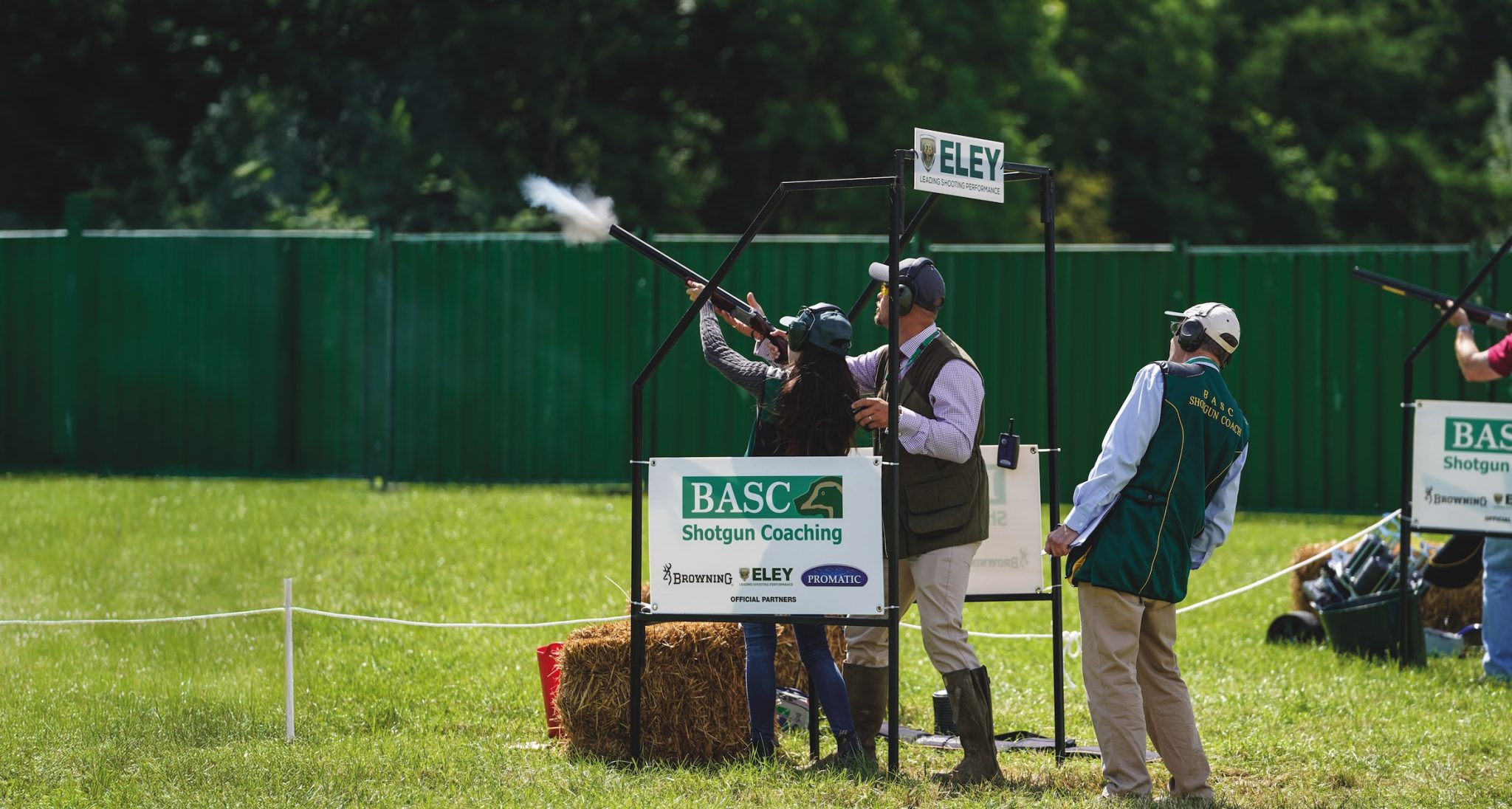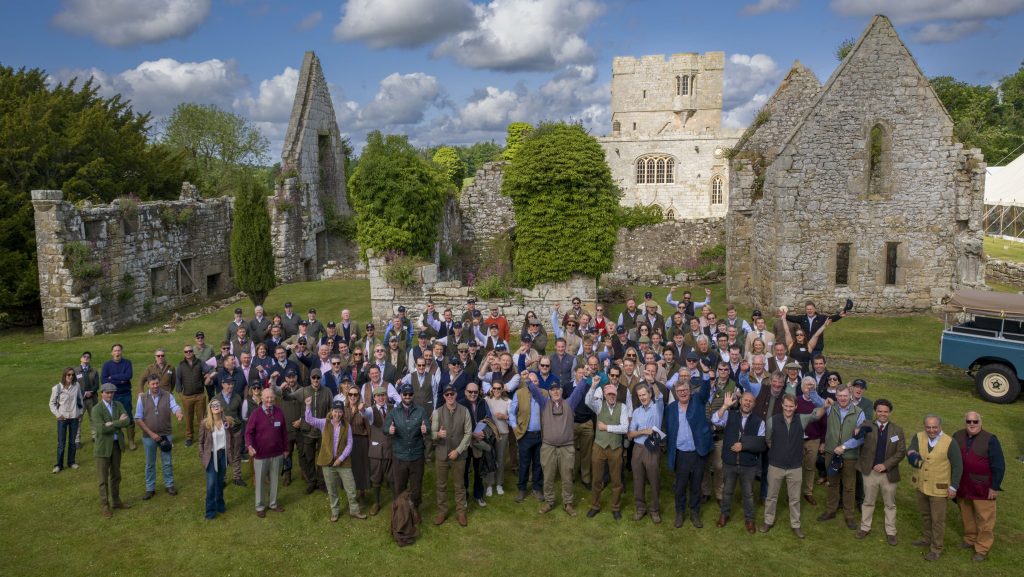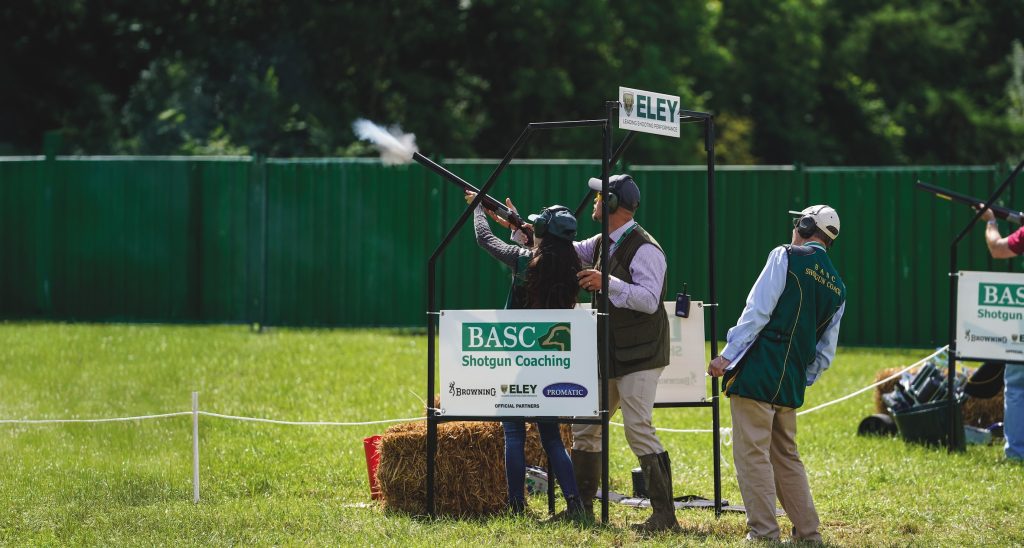News
The history of the Flying Duchess
Would you like to speak to our readers? We offer sponsored articles and advertising to put you in front of our audience. Find out more.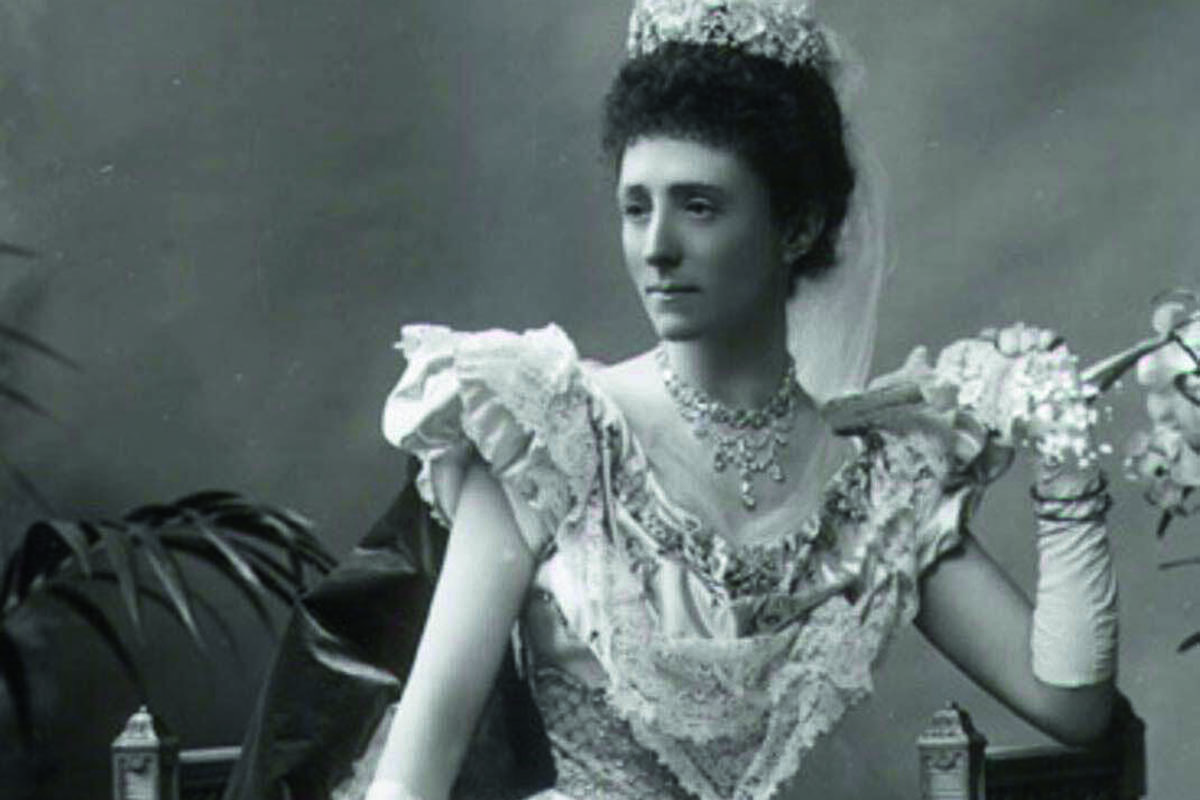 2DF4NKK Mary du Caurroy Duchess of Bedford, nee Tribe (1865-1937).
2DF4NKK Mary du Caurroy Duchess of Bedford, nee Tribe (1865-1937).
One of the great sporting characters of the late 19th and the early 20th centuries, Mary du Caurroy Tribe, 11th Duchess of Bedford, was not only considered to be the top lady Shot of her day and one of the 12 best game Shots in Great Britain in the 1920s, but was also an accomplished angler and skater.
She was a proficient aeroplane pilot, too, whose pioneering aviation activities earned her the title the Flying Duchess, while her numerous other interests included ornithology, medicine and nursing — she opened her own private cottage hospital on the family estate at Woburn Abbey in Bedfordshire for the benefit of locals.
Second daughter of the Reverend Walter Tribe, rector of Stockbridge and later Archdeacon of Lahore in India, Mary was born at Stockbridge in Hampshire on 26 September 1865. She spent much of her early life in India, apart from a short interlude at Cheltenham Ladies College, and met Lord Herbrand Russell, a younger son of the 9th Duke of Bedford, who was serving as an aide-de-camp to the Viceroy of India. The couple were married at Barrackpore in Bengal on 31 January 1888.
Shortly after their marriage, now styled Lord and Lady Herbrand Russell, Mary and her husband took a lease on the 8,000-acre Cairnsmore estate near Palnure in Kirkcudbrightshire. It included a shoot said to produce an average annual bag of 400 red grouse, 40 black game, 300 partridges, 50 woodcock, 100 snipe, 150 hares and 3,000 rabbits, plus small quantities of pheasants, plover and wildfowl, the use of a 10-bedroom shooting lodge and salmon, sea trout, brown trout fishing on the River Palnure.
Mary, who did not come from a traditional sporting family and had never handled a gun in her life, learned to shoot and fish on the property under the tutelage of her husband and estate gamekeepers during the summer and autumn months of 1888 and proved to have a natural aptitude for both activities. Before returning to England that year, she gave birth to her only child, Hastings, 12th Duke of Bedford, a well-known pacifist and a vegetarian.
Sudden death
Five years later, Mary and her husband unexpectedly became 11th Duke and Duchess of Bedford following the sudden death of her brother-in-law, the 10th Duke of Bedford, who left no legitimate heir.
They inherited more than 86,000 acres of land, including the Woburn Abbey estate in Bedfordshire, with its long-established pheasant shoot, and the 9,000-acre Endsleigh estate in Devon, which boasted a salmon and sea trout fishery on the River Tamar, as well as properties in Buckinghamshire, Huntingdonshire, Northamptonshire and London.
They continued to lease Cairnsmore as their Scottish sporting retreat for some years and also rented Meikleour in Perthshire from the Marquess of Lansdowne, which included superlative salmon fishing on the River Tay.
Mary and Herbrand spent large sums of money upgrading the Woburn shoot to compete on an equal footing with their aristocratic contemporaries, rearing thousands of pheasants annually and successfully introducing black grouse and capercaillie to the estate.
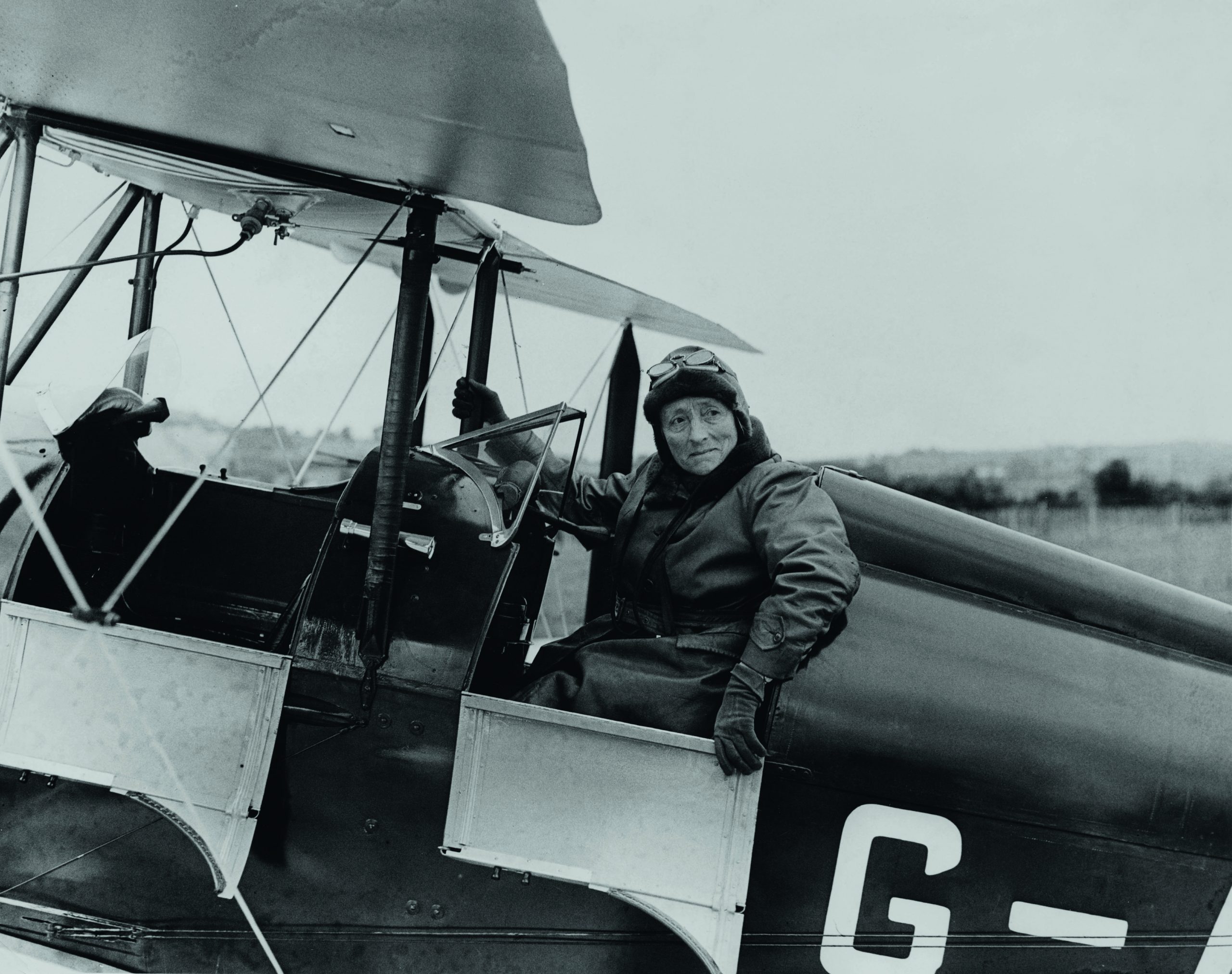
Mary is remembered as the Flying Duchess
as a result of her pioneering work in aviation
Within a few years of taking over Woburn, they and their guests were shooting in the region of 2,500 pheasants annually, plus partridges, woodcock, snipe, hares, rabbits and other game. Unlike many of their peers, who expected to bring down daily bags of between 500 and 1,000 pheasants, they were more than satisfied with 200- to 300-bird pheasant days, usually distributing surplus game to staff and villagers.
Said by some observers to have become a better Shot than her husband by the late 1890s, Mary is reported to have shot 3,427 head of game in 1904, including 200 pheasants in one day, killing 70 at one stand, 115 partridges in a day’s driving and 29 wild duck with 56 shots.
She usually shot with a 16-bore at this time, did not use a loader to recharge her gun and generally preferred to shoot out alone with a couple of spaniels or a retriever rather than in an organised shooting party. She left her quarry in safe places where a beatkeeper could retrieve it on his rounds and take it back to the game larder. According to one sporting journalist of the day, she shot with “great precision and great care” and was an “eminently safe shot”.
Not content with improving the Woburn shoot, Mary and Herbrand, who was president of the Zoological Society of London, started to convert the 3,000-acre walled park at Woburn into a sanctuary for endangered animals from all parts of the world, including various species of bison, Przewalski horses from Mongolia and Père David’s deer from China. Curiously, they also used the park for fallow deer coursing, using deerhounds to chase and catch live deer, which were then fattened up in a shed to provide venison for the table.
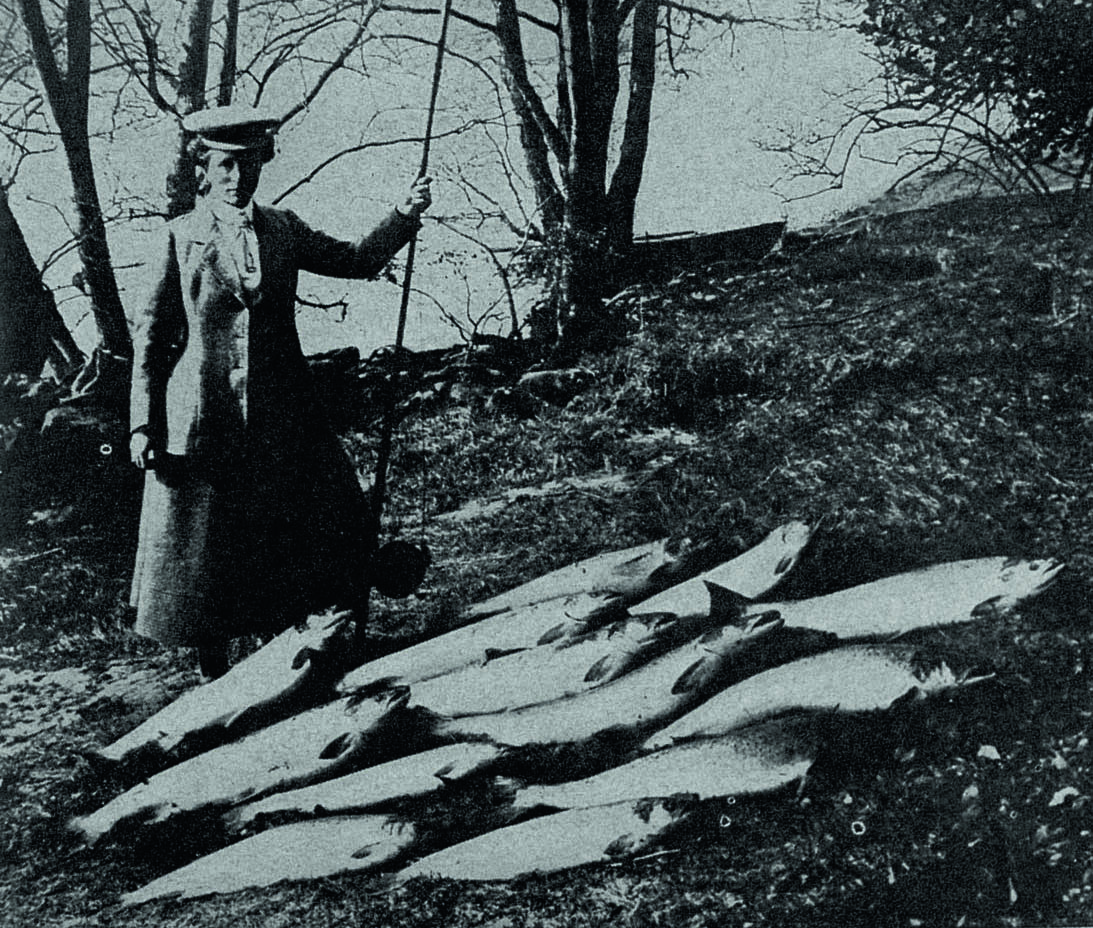
The Duchess enjoyed fishing on the Tay and is pictured here with a catch of 13 salmon in 1913
Mary leased the Eoligarry shootings on the Isle of Barra in the Outer Hebrides in 1911 for 10 years, inclusive of accommodation in Eoligarry House. She also acquired the lease of the nearby island of Fuday for wildfowling purposes.
Over the next few years until the outbreak of World War I, Mary travelled to Barra each year aboard her husband’s luxurious private steam yacht, Sapphire, to shoot red grouse, golden plover, pigeons, snipe, woodcock and wildfowl. When not engaged in the pursuit of game, she spent many hours studying Outer Hebridean birdlife.
Simple life
Following the expiry of her leases on Eoligarry and Fuday, Mary extended her ornithological horizons, renting a small croft on Fair Isle, a remote and isolated island situated midway between the Orkney and the Shetland Islands in the far north of Scotland.
Here, she lived the simple life of a crofter, visiting her croft on a twice-yearly basis for the spring and autumn migrations, concentrating on watching rare birds, rather than shooting for sport. She also founded a bird observatory on Fair Isle.
Mary was something of a legendary game shooting figure and her largest seasonal bag, taken on various estates, amounted to 4,823 head, while her best annual average bag was 2,392 head for 4,861 cartridges.
Mary died at the age of 71 in 1937 when her private aeroplane crashed into the North Sea while she was out on a solo flight. A remarkable woman who excelled in all sporting activities, she also made a major contribution to the world of natural history and ornithology.
Today, she is remembered as the Flying Duchess for her pioneering aviation work, rather than for her game shooting prowess.
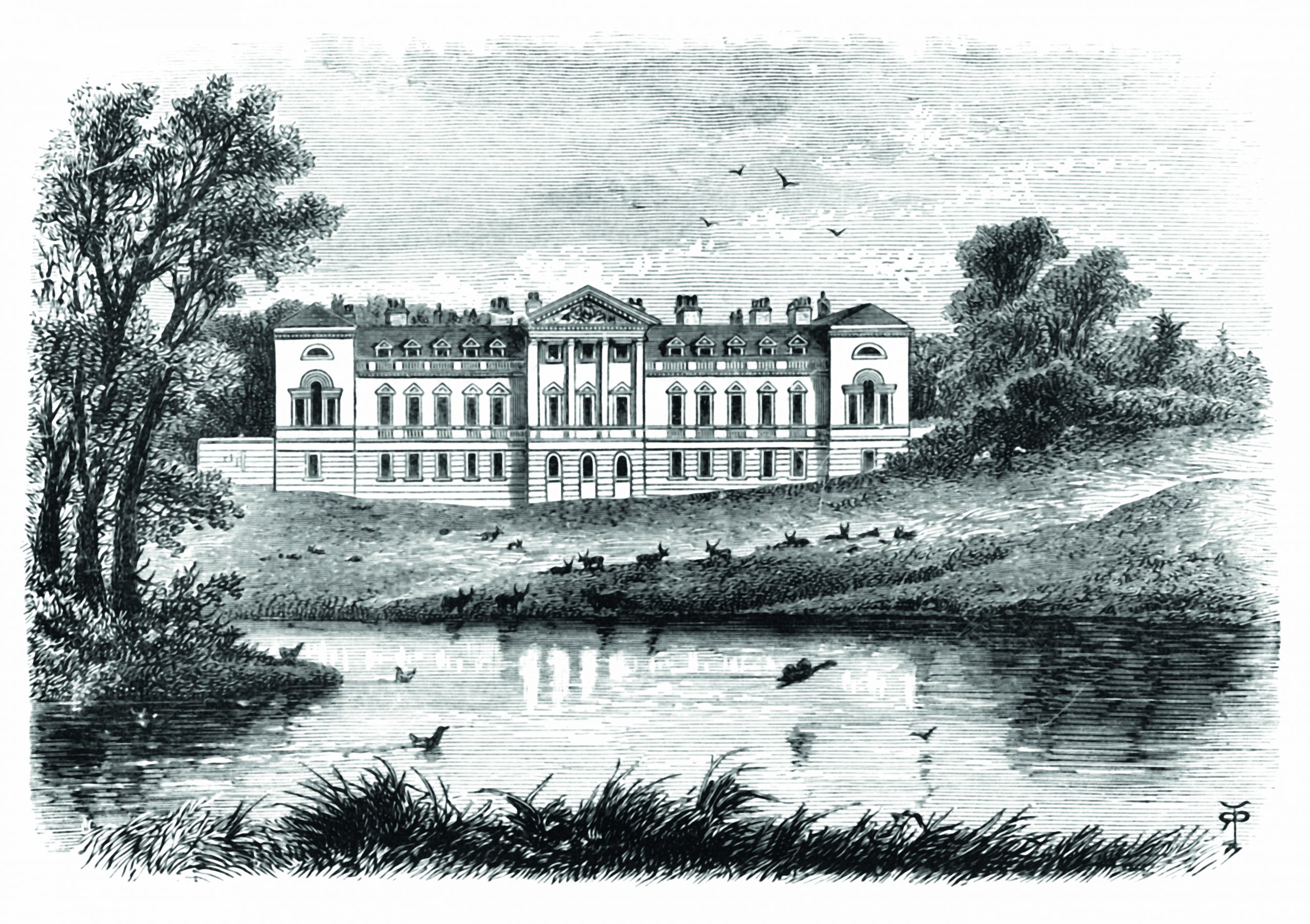
Mary and her husband, Lord Herbrand Russell, turned Woburn Abbey into a renowned shoot
Related articles
News
Duke's Challenge raises record-breaking £685,000 for GWCT
The shooting community has backed wildlife conservation in spectacular fashion, raising a record-breaking £685,000 for GWCT
By Time Well Spent
News
‘So what exactly do you lot do, then?’
You’d be surprised how many projects staff and volunteers deliver, as well as BASC’s vital work helping members, says Conor O’Gorman
By Time Well Spent
Manage Consent
To provide the best experiences, we use technologies like cookies to store and/or access device information. Consenting to these technologies will allow us to process data such as browsing behavior or unique IDs on this site. Not consenting or withdrawing consent, may adversely affect certain features and functions.
Functional Always active
The technical storage or access is strictly necessary for the legitimate purpose of enabling the use of a specific service explicitly requested by the subscriber or user, or for the sole purpose of carrying out the transmission of a communication over an electronic communications network.
Preferences
The technical storage or access is necessary for the legitimate purpose of storing preferences that are not requested by the subscriber or user.
Statistics
The technical storage or access that is used exclusively for statistical purposes.
The technical storage or access that is used exclusively for anonymous statistical purposes. Without a subpoena, voluntary compliance on the part of your Internet Service Provider, or additional records from a third party, information stored or retrieved for this purpose alone cannot usually be used to identify you.
Marketing
The technical storage or access is required to create user profiles to send advertising, or to track the user on a website or across several websites for similar marketing purposes.

